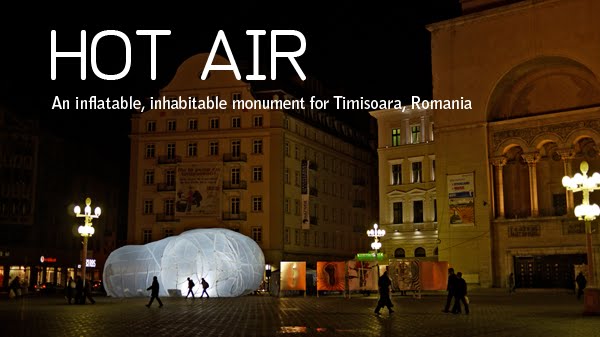The head itself is of a generic man, an everyman, to reflect the populace that made the revolutionary changes possible in Romania. It is on its side, toppled, as a critique of the events that ensued after the initial rise of the people, which in effect neutralized much of the revolutionary action.
Constructing the pattern.
 To get the form the head of a mannequin is covered in multiple layers of latex. Then it is subdivided along lines of greatest height difference and lines of the facial features.
To get the form the head of a mannequin is covered in multiple layers of latex. Then it is subdivided along lines of greatest height difference and lines of the facial features. The latex mold is then cut open and further sliced to flatten out the pattern shapes. These shapes were scanned into the comuter and traced into drawings which could be manipulted.



No comments:
Post a Comment